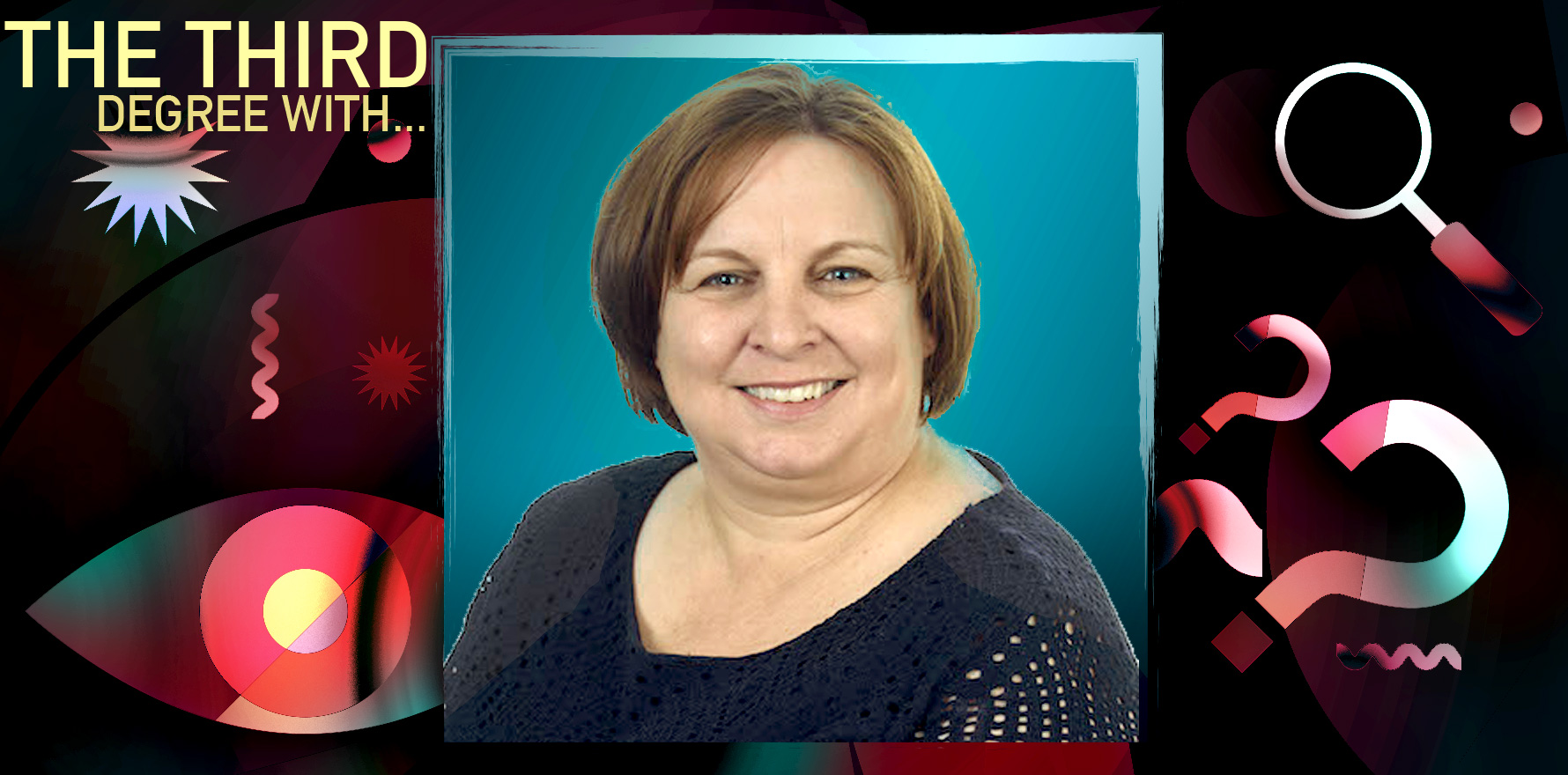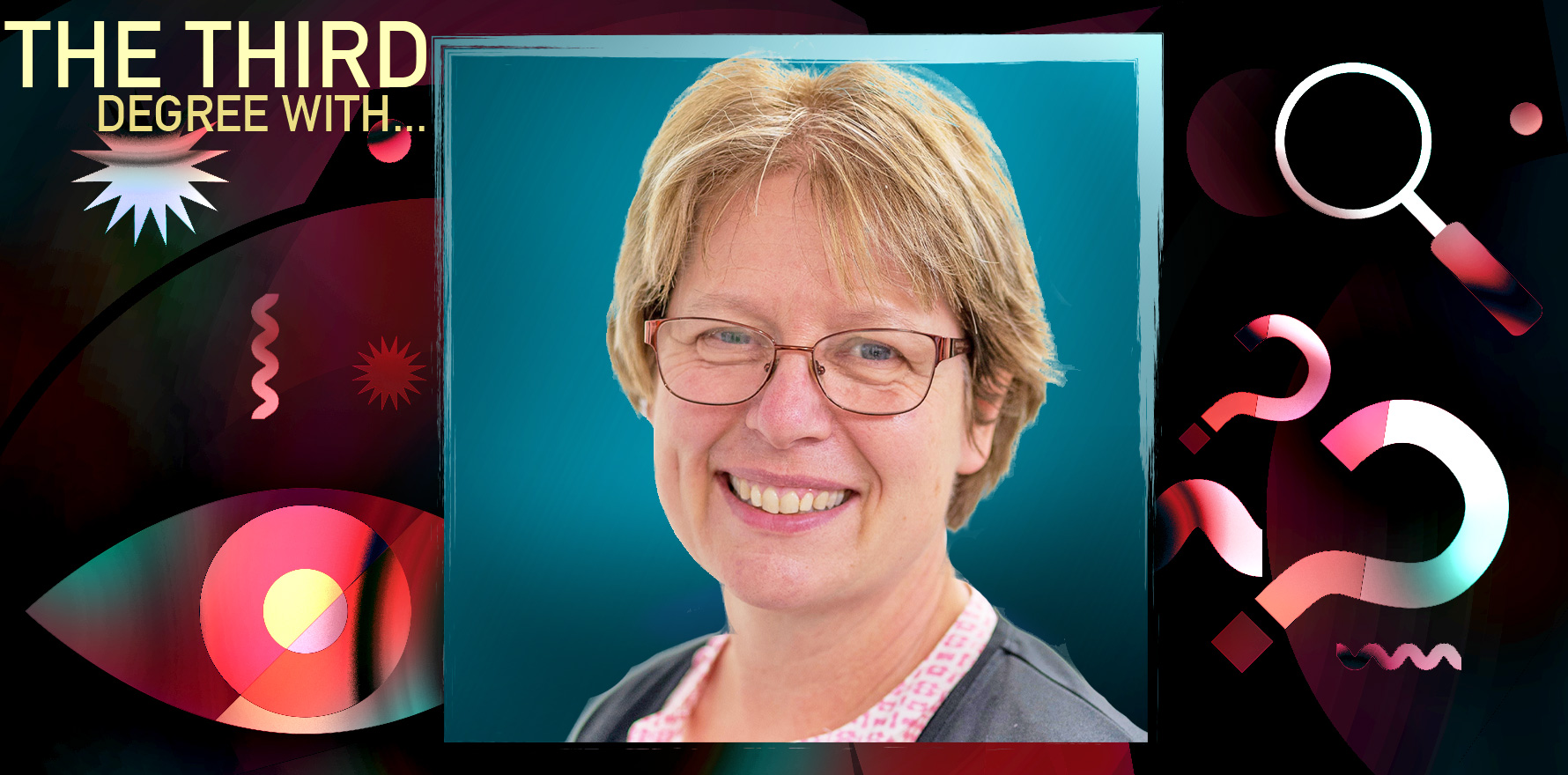A chat with RDAA’s CEO about how the challenges of rural healthcare are being addressed.
Peta Rutherford is no stranger to the challenges of rural healthcare and is never one to shy away from such a challenge.
A veteran of the sector, she is the CEO of the Rural Doctors’ Association of Australia and serves on the Rural and Remote Health Advisory Council for the Australian Stroke Alliance.
TMR: There’s a lot of discourse recently about how there’s been a lack of rural doctors, despite the large student placement numbers. Do you feel that stems from a lack of incentive, or an issue with the current structure?
PR: Well, it’s definitely not one thing.
There is a lot of incentives or programs out there, and we identified this, and tried to develop a tool to bring them all together, because there’s a lot of money out there for rural doctors.
There are a lot of issues that sit in the structure of medical training. The vast majority of internships sit in our capital cities or in our largest regional centres.
The next part of that is, even those places that have rotations out to rural are also often the first thing that gets pulled once the workforce is under pressure in a particular hospital or a particular department.
So, it will often be the rural rotation that is pulled before anything else.
Generally, at the moment there’s a pressure within the big hospitals, the first thing they go is, “oh, we won’t send that person to do the rural rotation, we’ll keep them”.
So that’s often a challenge, because if they’re not getting that experience, it’s difficult to recruit them, because the biggest recruitment activity that happens, and is the most successful one, is when they’re exposed to rural doctors.
They see good teaching, they’re given good support and those rural doctors themselves actually encourage these junior doctors to come and work rurally as a registrar, or a GP or a rural generalist or even a consultant specialist.
It’s that exposure at a junior doctor level after medical school – we don’t see enough of it.
TMR: It’s more due to a lack of information given, prior to their placement?
PR: That’s the problem, a lot of junior doctors don’t have the opportunity to do a rural rotation.
Now, some they’ll have family commitments, or personal circumstances that may prevent that, but it’s a really important rotation for junior doctors.
They can learn a lot clinically, they will also be exposed to what rural medicine is all about, and it is different.
Even if you’ve done it as a student, it’s still a bit different doing it as a doctor, and that continued exposure throughout a junior doctor’s career has a huge influence on key decision-making points.
As an intern and a second-year doctor, your rotations will have a big influence on what training program you then elect to join.
If you haven’t done rural, chances are you won’t pick a rural training program.
TMR: We talked to Professor Jenny May recently regarding how often rural and regional issues get lumped together too much.
PR: What we often see is particularly at state government level, we’ll hear about funding for the regions, or, we’ll have mental health funding for regional Victoria.
But what we then see is the vast bulk of that funding being absorbed in Bendigo, Warburton, Wodonga type places.
So very little gets out to the smaller, what RDAA would refer to as “real rural”.
We’ve put a broad blanket statement as real rural being modified Monash three to seven, and there are quite a number of communities that are classified as Modified Monash three, that would feel it falls into that rural sort of context or definition.
The larger regional communities have large hospitals, they often are specialist-led hospitals.
They have all the benefits of almost living in a city, in relation to airports, in relation to private schools, in relation to the shops.
It paints quite a picture in relation to a lifestyle that doctors find attractive.
There’s a larger cohort of doctors we’ve seen with the medical practitioner numbers in regional centres, they’re well over 400 FTE per 100,000 head of population, similar to Modified Monash one.
TMR: Do you have any criticism on the changes to the modified Monash model?
PR: Look, we’re a strong believer in the modified Monash model.
We don’t say it’s perfect, but we still think it’s better than the other rural classifications that can be used and it’s been recently updated with the census data.
We understand that some of the things we’ll roll our eyes at and think “really?” when you consider the challenge, say for areas close to Penrith or within a reasonable driving distance of the Gold Coast.
But so be it.
I’d rather have modified Monash model there with some interesting elements, rather than going to the RA or classification where we do have large rural towns but basically classified either at a lower rurality rating than some of our largest regional centres or they’re grouped together with the large regional centres.
I look at where I used to live – Kingaroy, in Queensland – it would be under the rating considered the same as Toowoomba, but have a lower rurality rating than Cairns, and that just makes it impossible for those communities to be an attractive option for doctors.
So Modified Monash, although not perfect, it is certainly far superior than any of the other rurality rating or scales that have been used in health previously.
TMR: How would you suggest that we rectify this sort of issue, especially with the designated priority areas?
PR: You could just get rid of it, it’s meaningless.
I mean the district priority area has become a meaningless tool, pretty much in relation to the distribution mechanisms.
Our position has been that, particularly for outer metropolitan areas that needed targeted government initiatives to support doctors working in those communities that are low socio-economic areas that they’d need a general practice that is fully bulk billing.
But we have to be careful in how DPA is used.
Related
It used to basically be MMM 5 to where even that got the automatic classification, and then it went to 2-7, then there was an asterisk on MMM 1 and more and more MMM 1 locations were applying.
I live in Canberra, and you may not get access to a fully bulk-billing doctor, but doctors there have got a good understanding of their patient cohort. A lot of people in Canberra don’t need access to a fully bulk billing doctor. They can afford to pay.
Yes, there are some who can’t, and we would ask that the doctors give that due consideration, before they ask those people to put their hand in their pockets.
But I think we have to be realistic in relation to what is access. Because in a rural community, if a general practice closes, chances are that’s the only general practice in town, and the next one’s hundreds of kilometres away.
Here in Canberra, if a general practice closes, you go across to the next suburb, same as Melbourne and Sydney.
I think we have to be careful in the discussion about access, because it is a different conversation in relation to access when we’re talking rural and remote compared to when we talk about access to health services in the city.
You cannot group them together, even in large regional towns. You cannot group all the access challenges as the same. If anyone thinks you can group them together and have that as one discussion for the whole country, that is naive.
TMR: Where do you feel like is an under-rated rural town for healthcare?
PR: Oh, look, honestly, the list is long.
There are so many good places with good people and good training and I really think that that’s under-rated.
The opportunities that exist in rural Queensland and remote Queensland, I used to live in Charleville, there’s great people out there working and providing really good teaching. St George in Queensland is absolutely a gold nugget.
Weipa up in the north. But this, honestly, the towns are endless, and there are so many good people.





